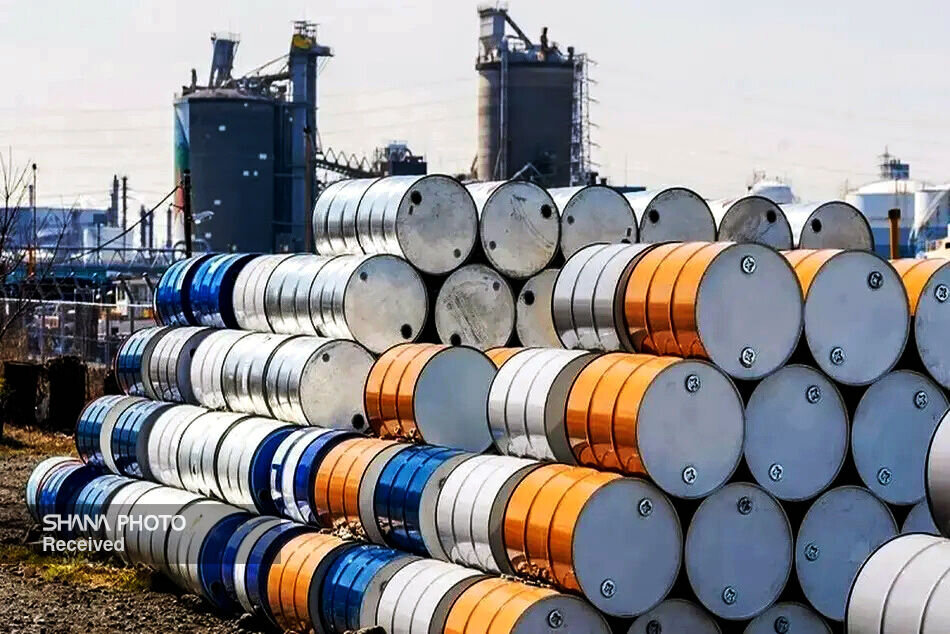In 2024, some events transformed the situation in the region, leaving significant impacts on the energy market and giving rise to consequences on oil prices, security of supply, and energy transit initiatives. Therefore, it is important to analyze these impacts and realize how geopolitical tensions have transformed market equations and supervisory reactions in the energy sector.
Geopolitical Tensions and Energy Management
Against the background of the Zionist regime-Hamas conflict, oil prices experienced fluctuations that alerted market participants. While oil prices initially rose to above $80 a barrel after the escalation of tensions in October 2023, they did not remain at that level. At that time, instability in the Middle East caused tough conditions for oil traders and consumers mainly feared disruptions in energy supply. It is noteworthy that the Middle East has historically been instrumental in oil supply chains and currently accounts for about one-third of the global oil supply. As tensions were stoked, concerns grew about possible military action against Iran’s oil facilities and the Strait of Hormuz, which is a key point for world oil transit. Had any major disruptions hit the region, consequences would be tough for energy markets and oil prices were likely to rise significantly.
Oil Price Stability Despite Tensions
- Oil supply by non-OPEC nations like the United States, Brazil, and Guyana helped stabilize the market.
- Estimates was an indication of OPEC+’s growing spare capacity, particularly among Persian Gulf producers, which eased immediate concerns about supply restrictions.
- The market players realized that ongoing conflicts in the Middle East, albeit hazardous, do not threaten vital production infrastructure.
- The fragile conditions in the Middle East brought about a bigger change to energy dynamism as top oil consumers looked for alternative sources of energy in a bid to reduce their dependence on fossil fuels.
In response to oil price fluctuations, many governments have launched strategies to boost investment in renewable energy and improve energy efficiency. For example, investments in clean energy technologies increased significantly in 2024, reflecting a dual response to immediate market pressures and long-term sustainability goals. That represented a critical shift in energy transition policies.
Energy Policy and Investment Changes
Conflicts in the Middle East have given new impetus to discussions about diversifying energy supplies and investing in clean technologies. With global investment in clean energy projected to exceed $3 trillion by 2024, trends suggest that policymakers have recognized the need to create a resilient and sustainable energy framework in light of ongoing geopolitical risks. Countries facing immediate economic pressures, such as inflation from oil price fluctuations, emphasized the importance of diversifying energy sources and accelerating the transition to renewable energy sources to reduce future vulnerabilities to global oil shocks.
In addition, significant investments have flowed into renewable energy projects, driven by new policy initiatives in various countries. Increased government support for clean technologies reflects efforts to foster energy independence against a backdrop of instability in the Middle East. This shift not only serves the immediate goals of economic recovery but also represents a long-term strategic vision to reduce dependence on oil imports from unstable regions.
Conclusion
Events in the Middle East in 2024 once again pushed to bold relief the complex link between geopolitical developments and global energy markets. The resulting volatility in oil prices, coupled with growing concerns about energy security, demonstrated the far-reaching consequences of regional conflicts on the global stage. As oil prices rose after the conflict began, driven by concerns about a broader military escalation, countries realized that the heavy dependence on fossil fuels imported from the Middle East posed significant risks to economic stability and energy security. In response, many countries began to push for investment in renewable energy infrastructure, signaling a strategic shift toward sustainability and energy independence.
Despite the measures in place, oil prices are likely to continue to be subject to significant volatility if the conflict in the Middle East continues. For example, if more players become involved or the war spreads or becomes a wider regional quagmire, then prices could reach levels not seen since the 1970s. For example, scenarios that predict a full-blown war with Iran could push oil prices to $150 per barrel.
The long-term consequences of the conflicts in the Middle East therefore remain uncertain and depend on the evolution of the conflict and the broader geopolitical landscape of the Middle East. As countries navigate this complex environment, the interaction between politics and global oil prices will continue to be an important factor in shaping energy policy and market strategies.
Shuaib Bahman
International Affairs Expert


Your Comment